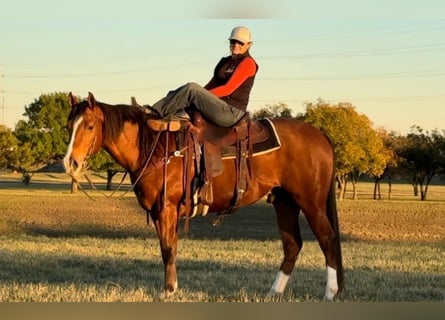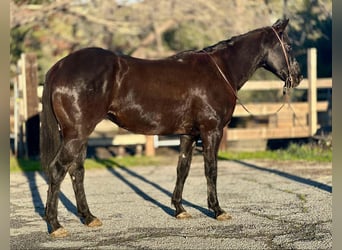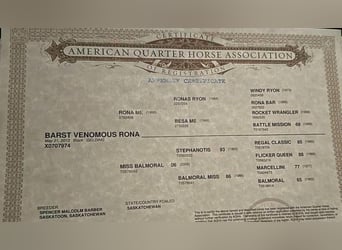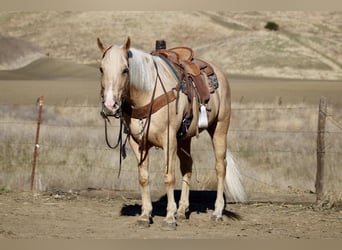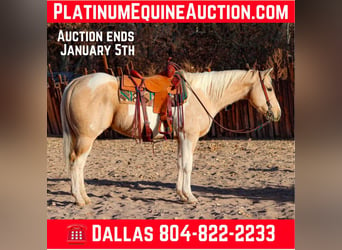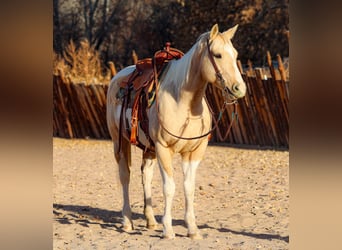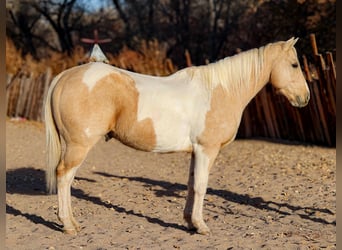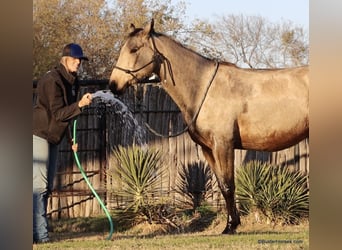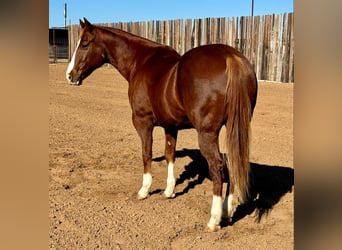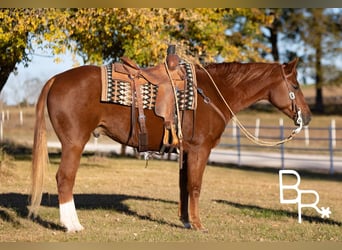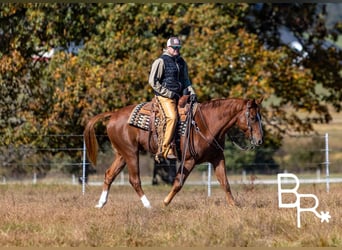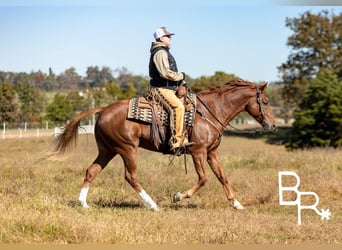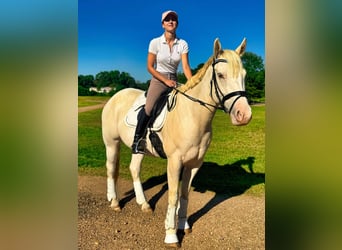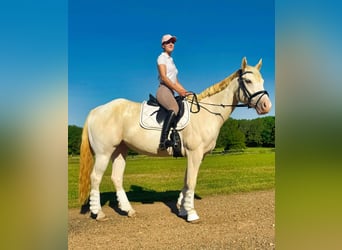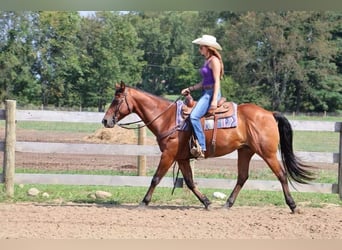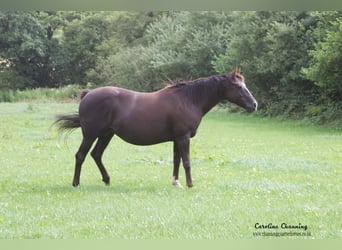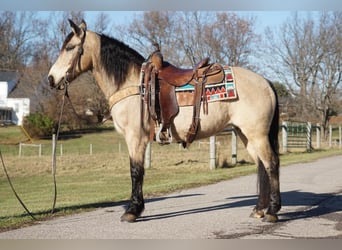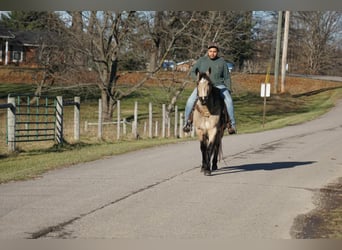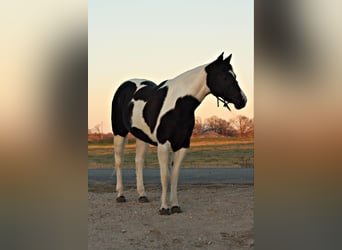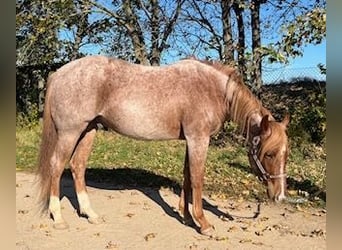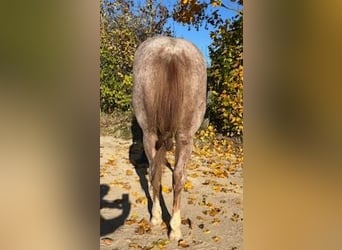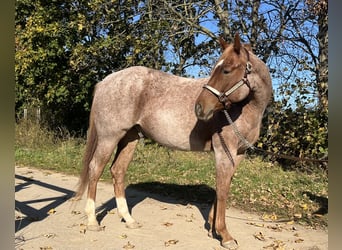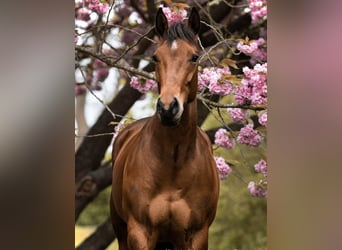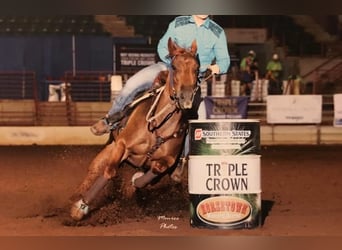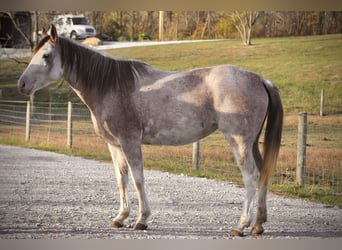US
American Quarter Horses - horses for sale
Page-1-Ad
In addition, interested parties can directly see more information. This significantly increases the number of potential buyers.

US
US
US
US
US
US
US
US
US
US
US
GB
US
US
DE
NL
US
US
US
US
The Quarter Horses of America are often described as the nation’s true wonder horses. Horses from many cultures have gone into the making of this breed, which dates from the foundation years of the USA. The American Quarter Horse Association is recognised as the largest breed registry in the world. Equestrians who buy a Quarter Horse are joining millions of others who are enthusiasts of the breed, many of whom would never have another kind of horse. What makes the Quarter Horse so special is that its history and ancestry are interwoven with that of the USA, and breeders and owners are helping to preserve this unique heritage whenever they sell a Quarter Horse. Smart, fast and comfortable to ride, the Quarter Horse is an outstanding workmate and a firm family favourite across the globe.
Origin and history of breeding Quarter Horses
Quarter Horses originated on the east coast of America, particularly in Virginia and the Carolinas. European arrivals quickly began to establish horse racing either on short tracks hacked out of dense vegetation or along town streets as settlements began to expand. Matches were often between two horses, a tradition which was already well-established in Scotland, northern England and Ireland. Here, racers were known as “running horses”. However, although British natives undoubtedly contributed, so too did the fast, agile horses of the native Chickasaw people, who had obtained their animals from Spanish settlers. The stallion “Old Snipe”, believed to be a Barb, made a major contribution in early days. The development of the Quarter Horse reflects the history of the USA since diverse horses were brought together to create something new and special. Soon the best horses were proving themselves unbeatable sprinters over one-quarter of a mile, and so were first given the name “short-racing” or “short-horses” and later called Quarter Horses.
Use and characteristics of the Quarter Horse
Quarter Horses are some of the most versatile equines on the planet. Centuries of development have resulted in conformation that is close to the ideal for riding, as anyone deciding to buy a Quarter Horse for the first time will discover. Compact, well-proportioned Quarter Horses have sloping shoulders that give them a long stride. The withers are well-defined but not too high, and the muscular hindquarters can power the horses forward in an instant. The broad, deep chests allow for the robust heart and lungs that make Quarter Horses such outstanding athletes. Knowledgeable equestrians intending to sell a Quarter Horse will also refer to the breed’s intelligence, beauty, and ability to spin and turn on a dime. They are said to have an inborn skill when it comes to working with cattle. Quarter Horses are usually between 14 hands (56 inches/142 cm) and 16 hands (64 inches/163 cm) high, but some can reach 17 hands high (68 inches, 173 cm). The coat can be any solid colour, with sorrel (a rich chestnut colour) predominating. Buckskin (dun) with a black mane and tail is also very popular. Though white markings are acceptable, pinto and Appaloosa colouring is not accepted in the Quarter Horse Registry.
Quarter Horses in equestrianism
Over time, the new American breed developed into distinct subtypes. In the 18th and 19th centuries, the racing Quarter Horses were “upgraded” by being crossed with the newly-created Thoroughbred, with an imported stallion called Janus arriving in 1752. The “short-horse” type of Quarter Horse adapted to become the new hero of the west, a great all-round ride and drive horse that excelled at cutting cattle too, as they still do today.
Interior of Quarter Horses
The Quarter Horse is known for its friendly and willing nature, which makes them easy to train and a joy to be around. They are intelligent and have a strong work ethic, making them suitable for a range of activities. They are known to have a "cow sense" and are particularly skilled in herding and cutting cattle. Additionally, they are athletic, making them excellent for rodeo events such as barrel racing and calf roping. Quarter Horses are also known for their speed and endurance, making them ideal for racing.
Exterior of Quarter Horses
The Quarter Horse is a muscular breed with a distinctive appearance. They are typically between 14 and 16 hands high and weigh between 950 to 1,200 pounds. They have a short, broad head with a straight profile and a broad forehead. Their eyes are large and expressive, and their ears are short and well-shaped. The breed has a short, strong neck that is set on a muscular, sloping shoulder. The body is compact and well-muscled, with a short, strong back and powerful hindquarters. The breed's legs are strong and straight, with powerful joints and solid hooves. The coat colors of the Quarter Horse are varied, including sorrel, bay, chestnut, black, and gray.
History of Quarter Horses
The Quarter Horse breed originated in the United States in the 1600s. The breed's name is derived from its ability to outrun other breeds of horses over short distances, such as a quarter of a mile. The Quarter Horse was developed by crossing English thoroughbreds with horses of Spanish descent, such as the Chickasaw and the Colonial Spanish horse. These crosses resulted in a horse that was fast, strong, and versatile. During the 1800s, the Quarter Horse became a popular breed for ranch work and cattle drives. In the 1940s and 1950s, the breed became increasingly popular for racing and rodeo events. Today, the Quarter Horse is one of the most popular breeds in the United States, and is used for a wide range of activities, including racing, ranch work, and as a general riding and companion horse.
